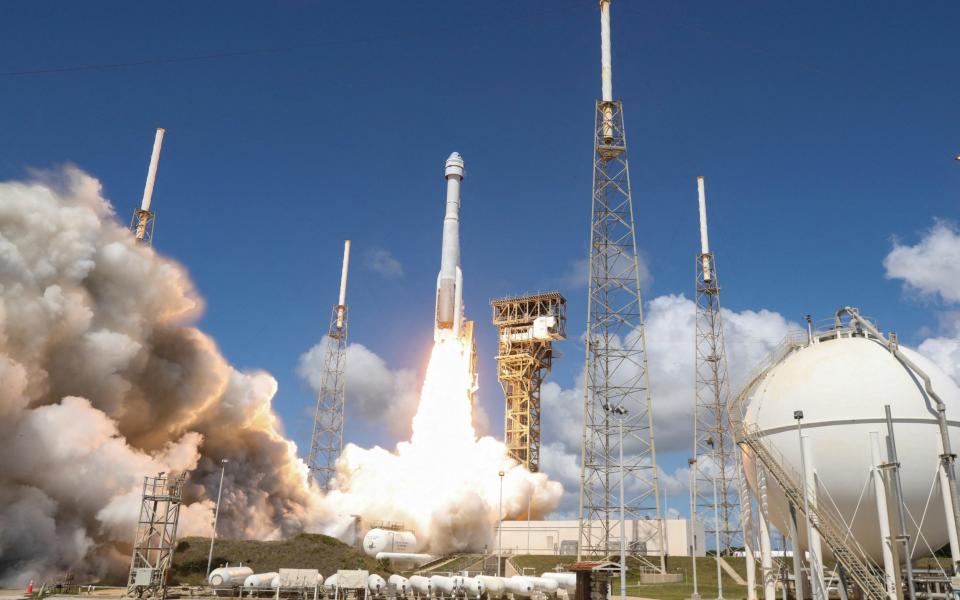Nasa has again delayed the return of two US astronauts currently stranded on the International Space Station.
Barry “Butch” Wilmore and Sunita Williams were due to return to Earth on June 26 after faults with the Boeing spacecraft forced the astronauts to remain aboard the space station two weeks longer than planned.
On Friday, Nasa said it was taking more time to review the thruster malfunctions and helium leaks that caused the first delay.
The ISS mission was Boeing’s first crewed space launch after more than a decade of planning, during which two launches had to be aborted at late notice.
It was scheduled to last only eight days, but helium leaks and issues with the spacecraft’s thrusters delayed its return by two weeks.
“Nasa and Boeing’s leadership are adjusting the return to Earth of the Starliner Crew Flight Test spacecraft,” Nasa said in a blog post late Friday.
It continued: “The move off Wednesday, June 26, deconflicts Starliner’s undocking and landing from a series of planned International Space Station spacewalks while allowing mission teams time to review propulsion system data.”
Steve Stich, Nasa’s Commercial Crew Program manager, said: “We are taking our time and following our standard mission management team process.
“We are letting the data drive our decision-making relative to managing the small helium system leaks and thruster performance we observed during rendezvous and docking.”

Five of the spacecraft’s thrusters were shut down by its computers as it neared the space station and four had to be switched back on, while its propulsion system suffered several minor leaks.
Wilmore and Williams, both ex-US Navy test pilots, are said not to be in a hurry to leave the station because it is well stocked with supplies. Nasa added that the “station’s schedule is relatively open through mid-August”.
The faults are not critical and such issues often arise when testing aircraft. Stich previously said Nasa did not see “any scenario where Starliner is not going to be able to bring Butch and Suni home.”
The craft will land in New Mexico using parachutes.
The Starliner was meant to provide competition to Elon Musk’s SpaceX, which has been ferrying astronauts to the ISS since 2020. Boeing has lost more than $1.5bn (£1.2bn) on the project to date. It is due to complete six Nasa missions under a $5bn contract awarded in 2014.
The company has faced increased scrutiny from regulators this year over its 737 Max aeroplanes after a door blew off a flight over Oregon in January.
Source Agencies
